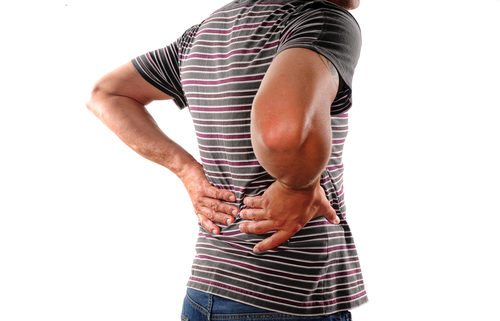Back Pain Caused by Arthritis
Back pain can affect anyone. From little aches that hopefully fade away with rest and medicine to deep, debilitating discomfort that makes every facet of life difficult, back pain can be tough to shake. Most back pain will go away on its own, but sometimes the source of the struggle is hard to detect. The causes of back pain are myriad – being overweight, muscle strain, bad posture, as the result of an accident, and, most commonly, age.
As you get older, the most frequent cause of long-term back pain is arthritis. The intricate web of bones, muscles, discs, and tendons that make up your back are all intertwined. Over time, they get worn down or even shrink, adding pressure to the nerves along your spine.
Rheumatoid arthritis (RA) is an especially worrisome disease. Rheumatoid arthritis leads to the destruction of joints. Though it commonly affects people’s hands and feet, it can also have an impact on the spine, primarily the neck and around the base of your skull. The pain can then travel down into your arms and legs. If untreated, RA can be debilitating.
While many pharmaceutical companies are working on treatments for RA, there are several other steps you can take to improve your health.
Pay attention to your posture – People have a tendency to slump their shoulders or not sit up straight. Make the effort push back your shoulders and keep your spine straight. You might consider purchasing special cushions for your desk chairs or for the seat or your car.
Exercise – The more active you are, the less stress you’ll feel around your back. Your activity will loosen up the joints, get blood flowing through your muscles, and generally make you feel better. How you choose to exercise is up to you, but make sure you stretch beforehand. Even a simple walk every day is helpful. Focus, too, on strengthening your core. Strengthening your abdominal muscles will reduce the amount of strain you put on your back.
Watch Your Diet – A balanced diet, couple with exercise, will help you avoid struggling with extra weight or obesity. When you carry more weight, your back has to do more work.
Get Therapy – Sometimes referred to as physical medicine, therapy includes rest or limited physical activity, chiropractic therapy, passive therapy (ice, heat, massage, electrical stimulation), active therapy (aerobics and weight lifting), stress relief (meditation, yoga, or other Easter disciplines), and braces you can wrap around your back.
Sleep Right – Sleeping in the wrong position can also lead to long-term damage. Try not to sleep on your stomach. Doing so causes your neck and back to twist and bend in poor directions. If you sleep on your side, place pillows between your knees and behind your back. If you prefer to sleep on your back, put a pillow under your knees.
Arthritis can be crippling if untreated. You can do your part to ensure back pain doesn’t limit your ability to enjoy life by following the steps listed above. To learn more, contact us today.



